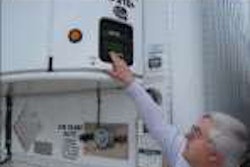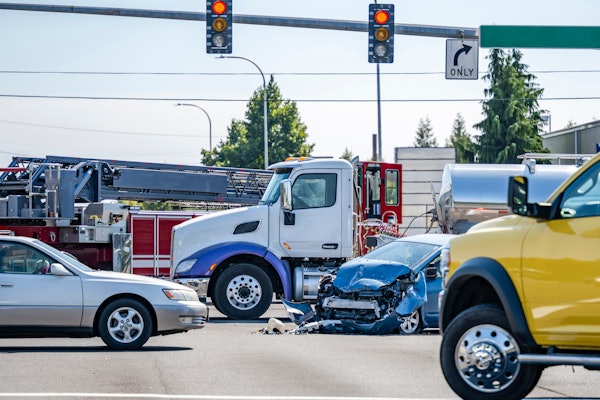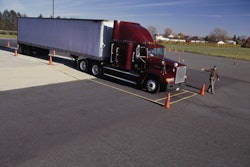Tighter standards on the way for light-duty cars, trucks
In addition to the proposed rule on greenhouse gas emissions standards for heavy trucks (see page 48), the U.S. Environmental Protection Agency and the U.S. Department of Transportation’s National Highway Traffic Safety Administration are developing tougher greenhouse gas and fuel economy standards for passenger cars and trucks built in model years 2017 through 2025. These standards will push the performance levels of the first phase of the national program covering cars from model years 2012-2016.
In a May 21 memorandum, President Obama directed EPA and DOT to issue a Notice of Intent (NOI) that would lay out a coordinated plan to propose regulations to extend the national program and to coordinate with the California Air Resources Board in developing a technical assessment to inform the NOI and subsequent rulemaking process.
Consistent with the presidential memorandum, the NOI includes an initial assessment for a potential national program for the 2025 model year and outlines next steps for additional work the agencies will undertake.
A supplemental NOI is expected by the end of November that would include an updated analysis of possible future standards. As part of that process, DOT and EPA will conduct additional study and meet with stakeholders to better determine what level of standards might be appropriate before proposing actual standards within a year.
“We must, and we will, keep the momentum going to make sure that all motor vehicles sold in America are realizing the best fuel economy and greenhouse gas reductions possible,” says U.S. Transportation Secretary Ray LaHood. “Continuing the national program would help create a more secure energy future by reducing the nation’s dependence on oil, which has been a national objective since the first oil price shocks in the 1970s.”
The program is part of the Obama administration’s energy and climate security goals, which call for the increased domestic production and use of existing, advanced and emerging technologies to strengthen the auto industry and enhance job creation in the United States. The agencies say that continuing the national program will help make it possible for manufacturers to build a single national fleet of cars and light trucks that satisfies all federal and California standards, while ensuring that consumers have a full range of vehicle choices.
“In addition to protecting our air and cutting fuel consumption, a clear path forward will give American automakers the certainty they need to make the right investments and promote innovations,” says EPA Administrator Lisa Jackson. “We will continue to work with automakers, environmentalists and other stakeholders to encourage standards that reduce our addiction to foreign oil, save money for American drivers and clean up the air we breathe.”
According to the results of the interim technical assessment that are summarized in the NOI, the automotive industry could choose from a variety of advanced technologies to achieve further greenhouse gas reductions. n












